The Mothman
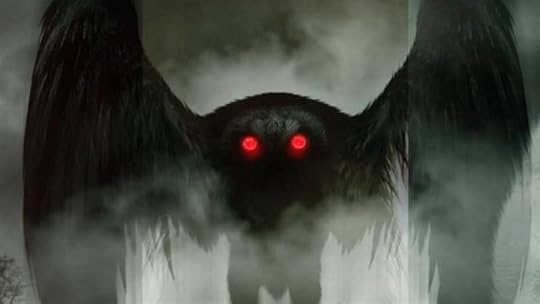
This creature was first spotted in November 1966 in Clendenin, West Virginia. A group of gravediggers looked up and noticed a massive figure moving rapidly from tree to tree. They described the creature as a “brown human being.”
A few days later, in Point Pleasant, WV, two couples noticed a white-winged creature about six or seven feet tall standing in front of a car they were sitting in. They say the beast had bright red eyes and a wingspan of ten feet. It appeared to be trying to hide from the lights of the car. They said it screeched at them and flew quickly but was clumsy on the ground.
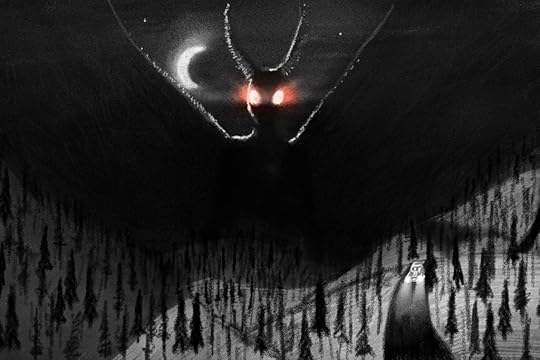
Sitings continued in West Virginia until the collapse of the Silver Bridge that connected Pleasant Point, WV to Kanauga, OH. It was the first eye-bar suspension bridge of its type in the US. It collapsed at rush hour on December 15, 1967, resulting in 31 vehicles falling into the river. 46 people were killed.
Many people take the Mothman sitings as a warning of the imminent disaster. After the bridge collapsed, Mothman disappeared.
So, is Mothman a local legend or is it a case of mistaken identity?

Dr. Robert L. Smith, an associate professor of wildlife biology at West Virginia University, was the first to connect Mothman to the less mystical – the Sandhill Crane.
Sandhill Cranes live commonly along the Nebraska Sandhills on the American Great Plains. They average about five feet in height with red foreheads, white cheeks, and long dark, pointed bills. Their wingspan can average up to 6.5 ft.
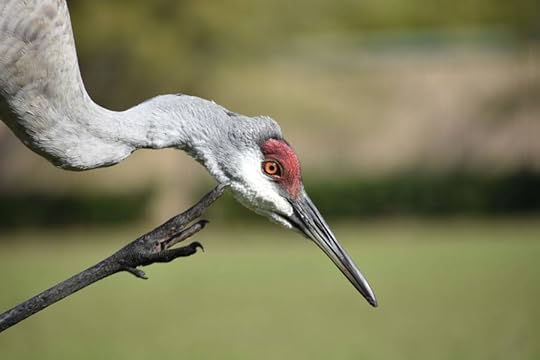
These cranes frequently give loud, trumpeting calls and can be heard from a long distance. Their large wingspan makes them very skilled soaring birds, similar to eagles and hawks. They are migratory birds, flying south each winter. They typically flock in groups of over 10 thousand birds.
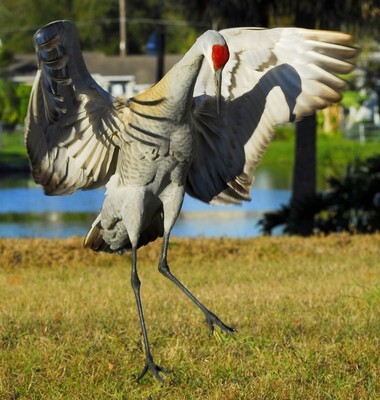
So, how did a Sandhill Crane become mistaken as Mothman in West Virginia?
The explanation is compelling, given the number of early reports describing the creature as “bird-like.”
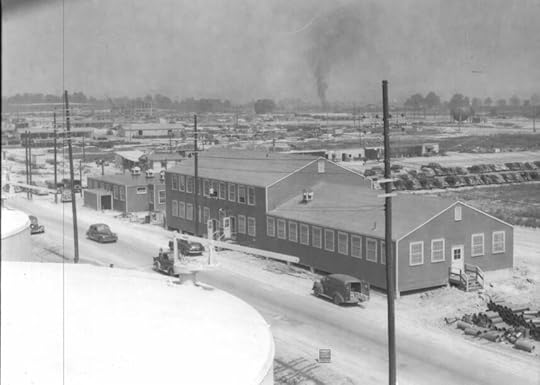
It was theorized this crane was deformed- possibly residing in the “TNT area.” This area was given to a series of nearby bunkers that were used to manufacture munitions during WWII. The bunkers leaked toxic materials into neighboring wildlife and affected their health.
This particular bird also would have been off its regular migratory path. Such a large animal with deformed features would have further confused locals. It is no wonder legends sprung up around it!
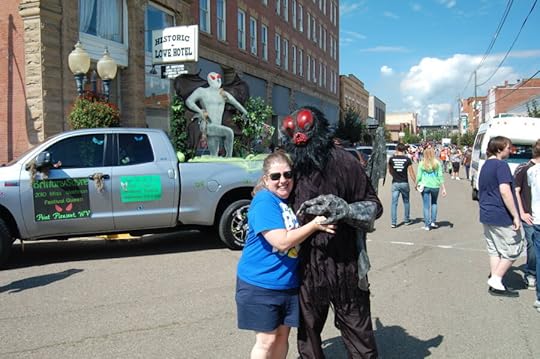
Whether Mothman is a legend or a Sandhill Crane, Mothman can still be seen today in Point Pleasant at the historical museum and in the form of a 12-foot chrome statue with massive steel wings and red eyes.
A festival is held every year for the enjoyment of locals and tourists. The September attraction is one of America’s strangest legends.
Sources:
Palma, Bethania. “Mothman About Town”. Snopes.com. Snopes.
Associated Press (December 1, 1966). “Monster Bird With Red Eyes May Be Crane”. Gettysburg Times.
“Couples See Man-Sized Bird…Creature…Something”. Point Pleasant Register. Point Pleasant, WV: WestVA.Net, Mark Turner. November 16, 1966.
https://allthatsinteresting.com/mothman
“Sandhill Crane Identification, All About Birds, Cornell Lab of Ornithology”. http://www.allaboutbirds.org.



